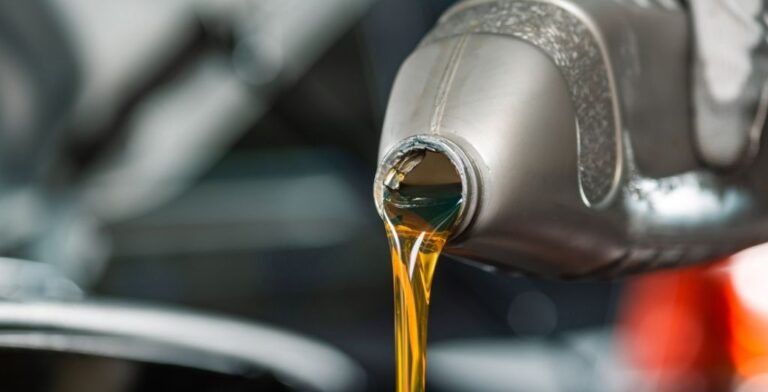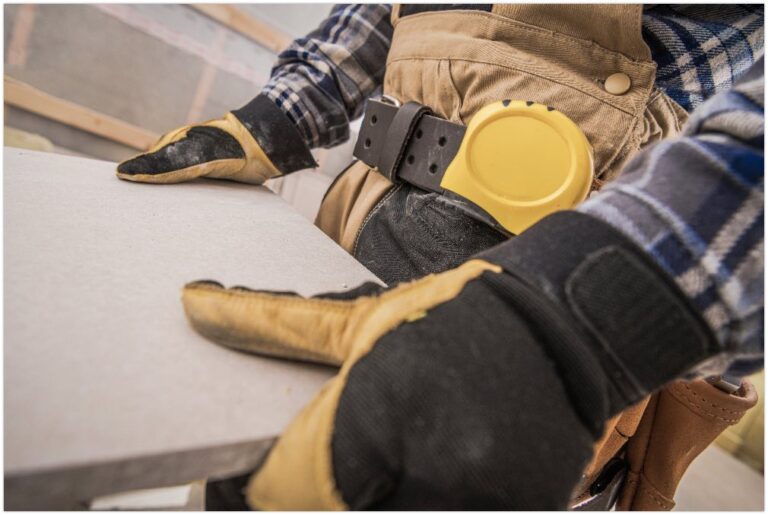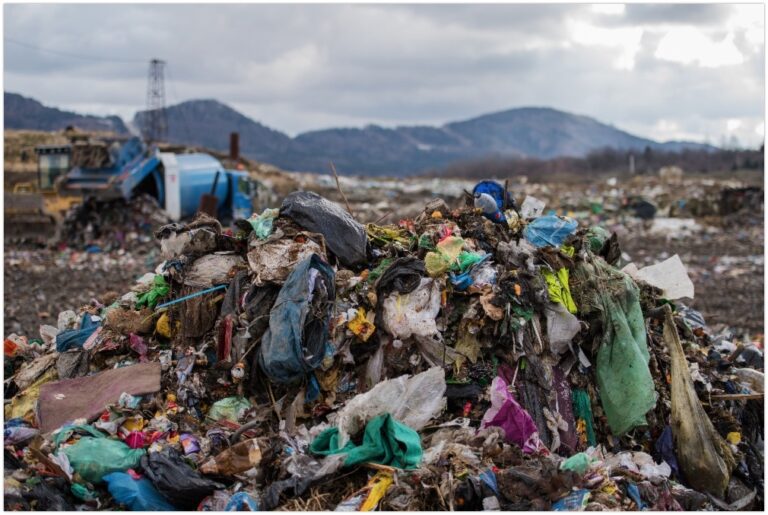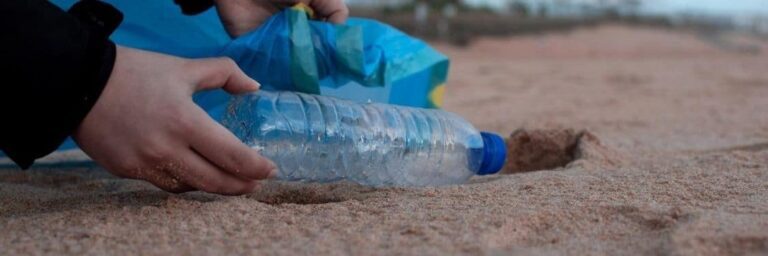Public parks are recreational areas that people most likely visit to relax and take a break from all the hustle and bustle of day-to-day life.
While you’re enjoying your time at the park, you can’t avoid having things to throw away afterward. Some of these items may be food packaging, plastic water bottles, fruit peelings, and other stuff you’ve brought yourself.
This is where litter comes in. Litter is any discarded item thrown to places they don’t belong to. We should know that rubbish belongs in the trash bin.
However, many people fail to do this and toss their rubbish anywhere they want. One example of this irresponsible behaviour is a recently reported incident showing much-littered trash in a famous park.
As more people litter, others may tend to change behaviour and litter too. This situation is alarming as the damages could go beyond our parks just looking unpleasant.
There are more negative impacts that public park litter could bring. Here, we will present some important points to consider when it comes to littering in public parks.
Damages Caused by Park Litter
Litter in all forms can be destructive, especially in public areas like recreational parks. When they come in bulk, significant problems will arise and challenge public health, safety, the environment, and the economy.
Health
Public parks give us a relaxing space to do various activities, such as exercising and picnics. However, all of these might not push through as you expected when you see lots of littered trash around.
Litter might increase people’s level of anxiety and affect physical health. Food scraps not thrown properly in the trash bin may lure disease-carrying animals such as rodents and flies.
Environment and Safety
Littered items may pose potential safety risks. Since they come in various types and shapes, they may include blades, broken glass, and other sharp or slippery stuff.
These things can harm people and animals. Also, irresponsibly throwing cigarette butts may spark a fire. Knowing where to throw your rubbish away when you’re in public parks is essential to prevent safety and environmental hazards.
Economy
Parks need regular maintenance. You may not know it, but maintaining these recreational areas takes money and resources.
The upkeep takes more resources than improving the park. Aside from that, litter significantly affects local tourism and the overall economy. It’s vital to clean the area as littered places may look unpleasant, causing a depreciation in its aesthetic value, which may dismay tourists.
Littering in Public Parks Statistics
Only a few stats are available about littering in public parks. So, let us consider the overall litter data presented in the NSW Litter Report (2012-2017).
The NSW National Litter Index (NLI) results are shown and evaluated into eight categories identified by the Environmental Protection Agency (EPA). Here are those with their corresponding litter volume percentage per 1,000m2 in 2017:
- CDS Beverage Container – 46%
- Non CDS Beverage Container – 10%
- Industrial Container – 4%
- Domestic Container – 4%
- Take away Container – 20%
- Print and Advertising – 8%
- Cigarette butts (including packaging) – 4%
- Miscellaneous – 4%
Recreational parks take 4% of the total litter volume per 1,000m2 of these key categories. Plastic items significantly contribute to this volume of litter, not only in parks but in all areas. It amounts to 2.75 litres per 1,000m2 or 31% of the overall litter volume.
What You Can Do to Help Stop Park Littering
Solving the litter problem needs the cooperation of everyone. Each of us must take part in keeping public parks clean and safe. Here are some simple ways to help stop park littering in Sydney:
- Don’t be a part of the problem – Means avoid littering
- Be responsible for your waste
- Recycle when possible
- Secure your trash properly
- Keep a litter bag in your car
- Remind others
- Report litterbugs
Littering is particularly a disrespect to the rules and regulations set by the council. It also reflects our attitude towards environmental protection.
Many people who litter think that somebody will clean after their mess. Walking marshals would pick up trash from various places to keep our surroundings tidy.
However, we need to understand that litter collection is costly and time-consuming. It’s not as simple as you think it is. That’s why we should take part and prevent littering in parks and all areas of the country.
Key Takeaways
Littering in public parks is a significant problem, but it is manageable. Knowing the dangers and the statistics of litter can help us take better steps to address the issue.
Besides, most people who are aware of these important pieces of information often make more efforts to throw their rubbish in the right bins. They also remind and educate others, especially those who are littering, to dispose of trash responsibly.
It is not too late for us to create better-looking, well-maintained parks that are safe and litter-free. We at Paul’s Rubbish Removal actively participate in activities that promote environmental safety and protection.
Together, we can control litter in our simple ways and make a big difference in the long run. You can contact us for more information about litter and how we can help solve the litter problem.







